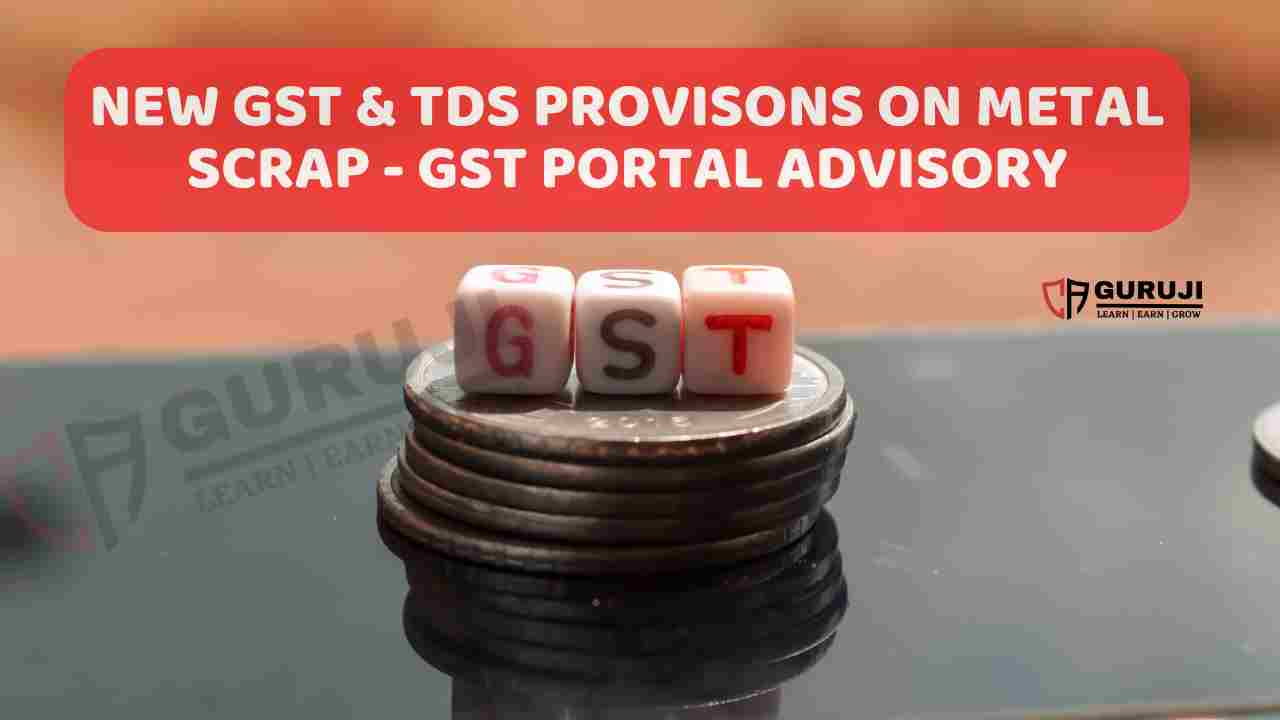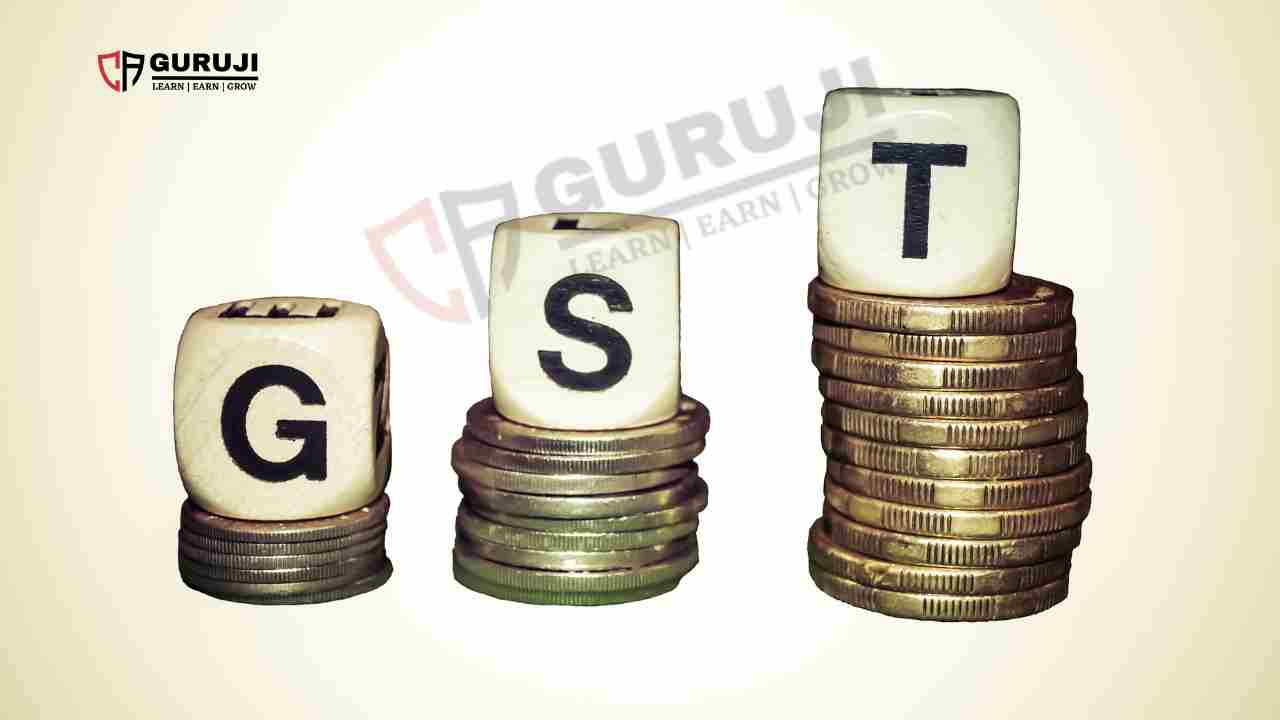The Reserve Bank of India (RBI) on Friday decided to keep the policy rate unchanged for the seventh time in a row. The rate increase cycle was paused in April last year after six consecutive rate hikes aggregating to 250 basis points since May 2022.
Impact on fixed deposit interest rates
Fixed deposit (FD) interest rates are influenced by factors like the RBI’s policies, such as the repo rate. With the banking regulator maintaining a status quo, FD interest rates will likely remain stable.
Investor strategy moving forward
According to Shetty, the RBI might adjust interest rates towards the end of this year, depending on inflation and food inflation rates.
So, it could be wise to invest in FDs now, taking advantage of the current higher interest rates. The best FD rates are found in small finance banks and NBFCs, with PSU banks and major private sector banks following. Private Sector Banks, including Bandhan Bank, DCB Bank, Tamilnad Mercantile Bank, RBL Bank, IDFC First Bank, IndusInd Bank, Yes Bank, SBM Bank, CSB Bank, and Federal Bank, offer higher FD rates than their counterparts.
Features of fixed deposits
Minimum deposit: As low as Rs 100, varying by institution.
Tenure flexibility: Ranges from 7 days up to 10 years.
Interest rate stability: Generally fixed throughout the FD’s term, though some banks offer schemes with rates tied to external benchmarks, allowing for potential variations.
Interest payout choices: Options include monthly to yearly payouts or a cumulative option for compounding benefits.
Early withdrawal: Available with penalty charges.
Loan collateral: FDs can be used as collateral for loans, continuing to accrue interest.
Benefits of fixed deposits
1. Secure and predictable returns.
2. Deposit insurance up to Rs 5 lakh through DICGC.
3. Tax deduction up to Rs 1.5 lakh under Section 80C for tax-saving FDs.
)
)
Visit www.cagurujiclasses.com for practical courses










